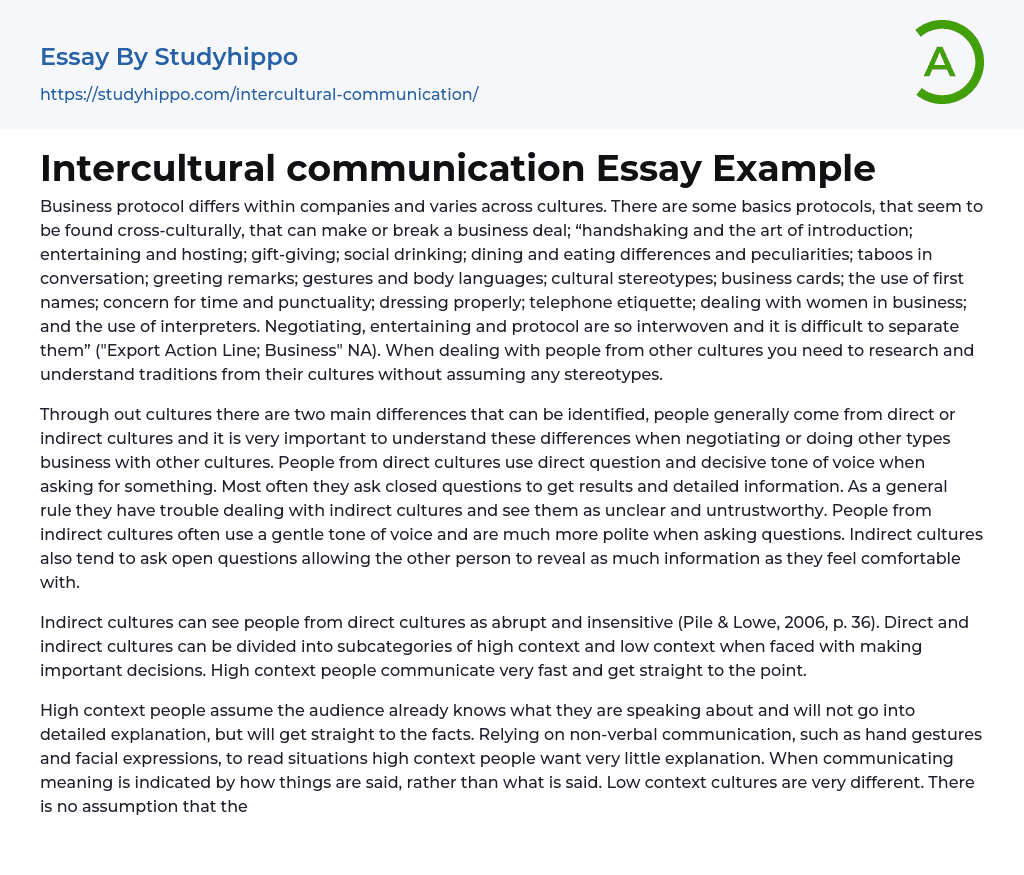Business protocol varies among companies and cultures, but certain protocols can greatly impact the success of a business deal. These include handshaking and introduction techniques, customs for entertaining and hosting, practices for gift-giving, norms regarding social drinking, differences in dining and eating customs, taboos in conversation topics, greetings and remarks, gestures and body language, cultural stereotypes, etiquette for exchanging business cards, use of first names versus formal titles, punctuality expectations, appropriate dress code guidelines, telephone etiquette guidelines, interacting with women in a professional setting,and the potential need for interpreters. Negotiating deals successfully often relies on understanding and navigating these intertwined aspects of protocol. When engaging with individuals from different cultures or backgrounds,it is crucial to conduct thorough research to gain a comprehensive understanding of their traditions,rather than relying on assumptions based on stereotypes.
Underst
...anding the differences between direct and indirect cultures is essential for effective engagement in negotiations or business dealings with diverse cultures. In direct cultures, individuals utilize a straightforward approach and assertive demeanor when making requests. They typically prefer closed questions to obtain precise information and achieve desired outcomes. Conversely, they often find it challenging to interact with individuals from indirect cultures as they perceive them as ambiguous and lacking credibility. In contrast, those from indirect cultures generally employ a gentle tone and exhibit greater politeness when seeking information.
People from indirect cultures typically prefer open-ended questions, allowing them the choice of whether or not to share information. Consequently, individuals from direct cultures may be perceived as abrupt and insensitive by those from indirect cultures (Pile & Lowe, 2006, p. 36). In situations involving important decisions, both direct and indirect cultures can be further classifie
as high context or low context. High context individuals communicate directly and promptly.
High context people rely on non-verbal communication, such as hand gestures and facial expressions, to read situations and assume the audience already knows what they are speaking about. They do not go into detailed explanations, but rather get straight to the facts. In high context communication, meaning is indicated by how things are said, rather than what is said. On the other hand, low context cultures are very different. In these cultures, there is no assumption that the audience knows what is being spoken of, so communication is very detailed and all necessary information will be explained.
Low context cultures heavily rely on clear visual aids or verbal cues to interpret situations. The meaning is determined by what is said rather than how it is said (Pile & Lowe, 2006, p. 41). The advancements in information technology have revolutionized various aspects of our lives, including business practices and communication methods. In today's technology-driven world, individuals have become accustomed to instant outcomes and easy access to information using their fingertips. Cell phones allow constant communication with colleagues, even during leisure time. Email often serves as the platform for negotiations, eliminating the need for face-to-face meetings or direct interaction.
Understanding cultures, their context, and current technology is crucial in dealing with people from other cultures. It is necessary to conduct research for successful business deals before engaging with individuals or companies from different cultural backgrounds.
Reference
- Pile, Louis ; Lowe, Susan. (2006).
- Intelligent Business Teacher’s Book; Upper Intermediate Business English. Bath, United Kingdom; Bath Press. Export Action Line; Business Etiquette in Exports. (2004, September 11).
- Email essays
- Etiquette essays
- Hypertext Transfer Protocol essays
- Mainstream essays
- Marshall Mcluhan essays
- Virtual Learning Environment essays
- Vodafone essays
- Web Search essays
- Gesture essays
- Communication Skills essays
- Cross-Cultural Communication essays
- Effective Communication essays
- Greeting essays
- Intercultural Communication essays
- Interpersonal Communication essays
- Nonverbal Communication essays
- Orality essays




